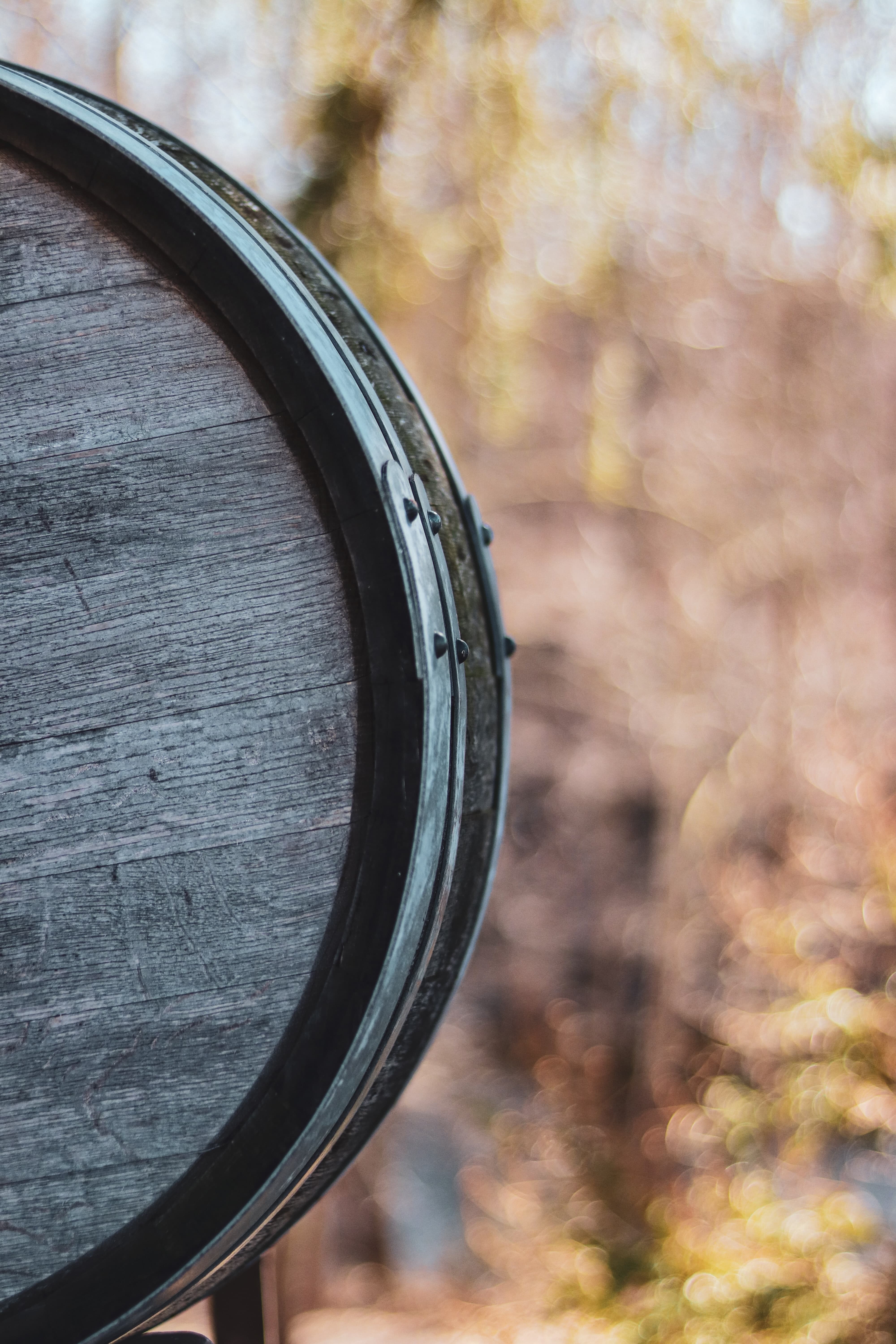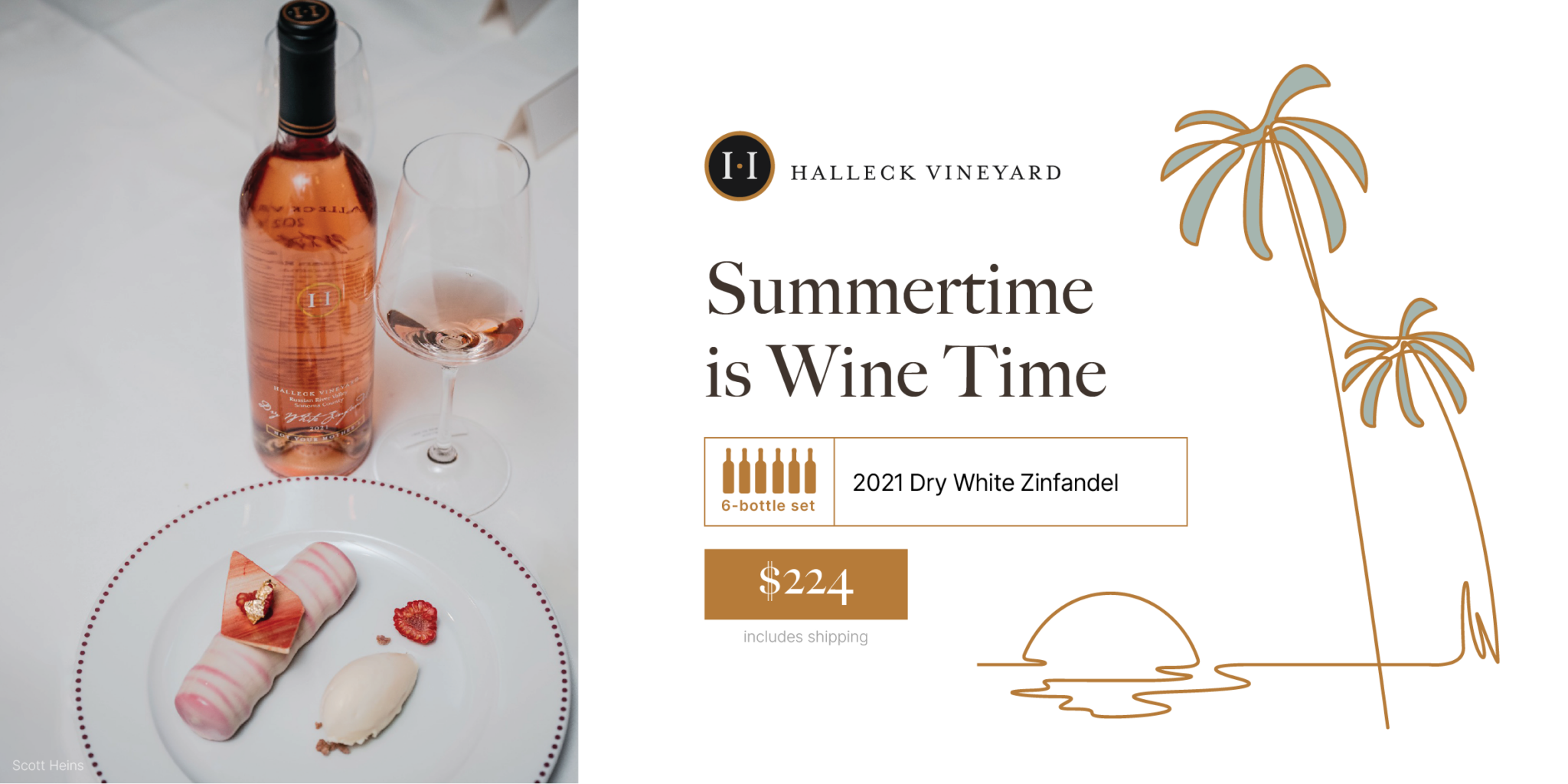Wineries Known For Sustainable Practices In Sonoma - Family-Owned Wineries In Sonoma
Wineries Known For Sustainable Practices In Sonoma - Family-Owned Wineries In Sonoma
Blog Article
Family Friendly Wineries With Outdoor Spaces - Vineyard Experiences In Sonoma
Wine tasting is an art that requires practice and an understanding of varied features concerned within the course of. One essential element of wine tasting is the development and interpretation of tasting notes, which serve as a guide for both novices and seasoned connoisseurs. A Guide To Understanding Winery Wine Tasting Notes can enhance your wine-tasting experience, making it more meaningful and enjoyable.
Tasting notes are concise descriptions that capture the essence of a wine’s flavors, aromas, and overall character. Often composed by professional tasters, winery tasting notes supply insights into the nuances of various wines. They might help wine enthusiasts perceive what to anticipate from a specific bottle. Nonetheless, tasting notes can vary extensively in style and detail primarily based on the writer's experience and palate.
Remarkable Craft Wineries In Sebastopol - Wine Tasting Experiences In Sonoma Valley
When you first method a glass of wine, your senses will start to engage right away. The sight, odor, and taste of the wine will converge to provide you a whole experience. Tasting notes typically begin with the visual evaluation, where the colour of the wine is taken under consideration. Color plays a major position in indicating the wine’s age, grape variety, and even its flavor profile.
After assessing the visual aspect, the subsequent step includes swirling the wine in the glass. This action aerates the wine, allowing its aromas to awaken. Smelling the wine provides critical perception into its complexity. The initial sniff can deliver a flood of scents that may include fruity, floral, natural, or earthy notes. This is commonly the most subjective a part of tasting, as individual experiences can dramatically differ.
In winery tasting notes, descriptors are often categorized into main, secondary, and tertiary aromas. Major aromas often stem from the grape variety, secondary aromas derive from fermentation processes, and tertiary aromas come up from getting older. Understanding these classes can help you respect the depth of a wine, they usually also provide the vocabulary to express your experience higher.
Celebrated Winemakers To Discover In Sonoma - Tasting Experiences In Sebastopol Vineyards
Following the olfactory encounter, your focus will shift to the style of the wine. This is where the primary characteristics—sweetness, acidity, tannins, alcohol—come into play. Tasting notes often detail these flavors in multiple dimensions, together with the preliminary attack in your palate to the lingering finish on your tongue. A high-quality wine will present a harmonious balance between these factors.
While tasting, it's essential to ponder the body of the wine, which may be described as light, medium, or full. The physique contributes considerably to your general impression, helping you contemplate how the wine pairs with food or whether it stands alone as a sipping wine. Balancing the physique with the other traits will give you a fuller understanding of what the wine has to offer.
The finish of the wine, additionally referred to as the aftertaste, is one other critical side typically included in tasting notes. A long, pleasant finish often indicates a better high quality wine, while a brief or cloying aftertaste could recommend in any other case. Evaluating the end can provide additional perception into the wine's complexity and distinction.
Understanding the context of winery tasting notes can also be useful. Tasting notes can present contextual details about the winery's location, climate, and grape-growing practices. This context adds another layer of appreciation for the wine, permitting enthusiasts to connect the sensory experience with its origins, thus enhancing the enjoyment additional.
Good Wineries For Large Groups In Sonoma Valley - Sonoma’s Lush Vineyard Landscapes
Many wineries present tasting notes on their web sites or labels, usually written in an approachable yet informative style. Nonetheless, not all winery tasting notes are created equal. Some could additionally be overly technical, whereas others might prioritize marketing aptitude over insightful evaluation. Studying to navigate these notes can arm you with the data to make knowledgeable decisions when selecting wines.
Collaborating in tastings at wineries can also deepen your understanding of wine tasting notes. Interacting with knowledgeable employees can give you a extra hands-on approach to exploring different wines and the language used to describe them. Wineries Renowned For Cabernet Sauvignon In Sonoma. You May have the opportunity to ask questions, interact in discussions, and potentially refine your palate in actual time.
Experimentation is important for mastering wine tasting notes. As you pattern different wines, strive making your individual notes. Focus on describing the wine’s color, aroma, taste, and end. Over time, you’ll develop a private vocabulary that resonates with your sensory experiences. Every note you create will assist refine your palate, allowing you to understand wines at a deeper stage.
Wine Tasting Experiences With Local Cheese - Sonoma Wine Region Vineyards
In conclusion, a Guide To Understanding Winery Wine Tasting Notes presents a comprehensive framework for diving into the world of wines. It equips you with the methods and language necessary to articulate your experiences. Whether Or Not you're a casual drinker or a devoted aficionado, understanding and article source utilizing tasting notes can profoundly influence your wine journey. This data not solely enhances your enjoyment but also connects you deeply with the rich narratives every bottle tells. By embracing this journey, you become a part of the gorgeous mosaic of wine culture, where each sip unveils a new story ready to be found.
- Wine tasting notes usually encompass a variety of sensory descriptions, together with aroma, flavor, acidity, body, and finish, allowing tasters to fully appreciate the wine's characteristics.
- To improve your understanding, familiarize yourself with widespread wine terminology corresponding to "tannins," "oakiness," or "terroir," which may help decipher the notes more successfully.
- A systematic approach to tasting involves first visually assessing the wine's shade and clarity, adopted by swirling to launch aromas, then inhaling and describing what you experience.
- Taking notes throughout tasting can help determine patterns over time, bettering your palate and making it easier to recall preferences for future alternatives.
- Don't overlook the influence of food pairings; tasting notes can differ significantly when a wine is loved with complementary flavors, altering perception and pleasure.
- Pay attention to the wine’s vintage, as weather conditions in a given yr can considerably affect the final product, including one other layer to the tasting notes.
- Consider the winemaker's style and philosophy, which might form the wine's profile and impression how its notes evolve with every sip.
- Training with completely different grape varieties can broaden your vocabulary; each kind brings distinctive traits that can enhance your ability to articulate tasting notes effectively.
- Partaking with wine professionals or attending tasting events can provide valuable insights, providing a richer context for understanding personal tasting notes.
- Bear In Mind that tasting is subjective; individual preferences and experiences will shape one’s interpretation of the same wine, enriching the general enjoyment of wine exploration.
What are wine tasting notes?
Wine tasting notes are descriptive comments made by tasters about the look, aroma, taste, and finish of a wine. They provide an outline of the wine's traits and may help shoppers perceive the style and high quality of the wine.
Wineries Ideal For Large Groups - Sebastopol Vineyard Visits
Why are tasting notes important when choosing wine?
Tasting notes can guide you in choosing a wine that fits your palate. They provide insights into flavors and aromas, helping you to match wines with food or occasions. Understanding these notes enhances your general wine experience.
How ought to I read wine tasting notes?
(Wineries With Scenic Views)
Vineyard Picnic Spots In Sonoma Valley - Best Winery In Sonoma For Quality Wine
When reading wine tasting notes, take note of the construction: search for descriptions of colour, aroma, flavor, and finish. This will allow you to grasp the wine's profile and determine if it aligns along with your preferences.
What terms commonly seem in wine tasting notes?
Frequent phrases embody "tannin" (the structure), "acidity" (the crispness), "physique" (the weight), and numerous flavor descriptors like "fruity," "earthy," or "spicy." Familiarizing your self with these phrases can deepen your understanding of wine.
Wineries Near Highway 12 - Sebastopol Vineyard Visits

Can I create my very own tasting notes?
Yes! Writing your individual tasting notes can improve your wine tasting experience. Focus on your observations of taste, aroma, and other sensory characteristics. This personal practice check that might help you refine your palate over time.
How do I determine the aromas in wine tasting notes?
Wineries Renowned For Cabernet Sauvignon In Sonoma - Top-Rated Wineries In Sebastopol
To identify aromas, practice smelling a wide selection of scents and associating them with wines. Swirl the wine in your glass to release its aromas, then take a moment to breathe in deeply earlier than identifying any distinguished scents.

What is the difference between professional and private wine tasting notes?
Professional tasting notes could use extra technical language and particular terminology, while personal tasting notes are subjective and mirror individual experiences. Each are priceless for understanding and having fun with wine, but personal notes may resonate extra together with your unique tastes.
How can tasting notes enhance my wine appreciation?
Wineries With Unique Gamay Wines - Sonoma's Premier Wine Tasting Events
Kingwill+David+R,4748+Burnside+Road,+Sebastopol
Tasting notes can enhance your appreciation by serving to you to understand and articulate the complexities of wine. They encourage conscious tasting and supply a framework for comparing different wines, resulting in a richer enjoyment of the beverage.
Are there any apps or tools to assist with wine tasting notes?
Sure, there are several apps designed to help users record and organize their tasting notes. These instruments typically offer features like flavor wheel guides and wine database searches, making it simpler to track your journey through totally different wines. Report this page